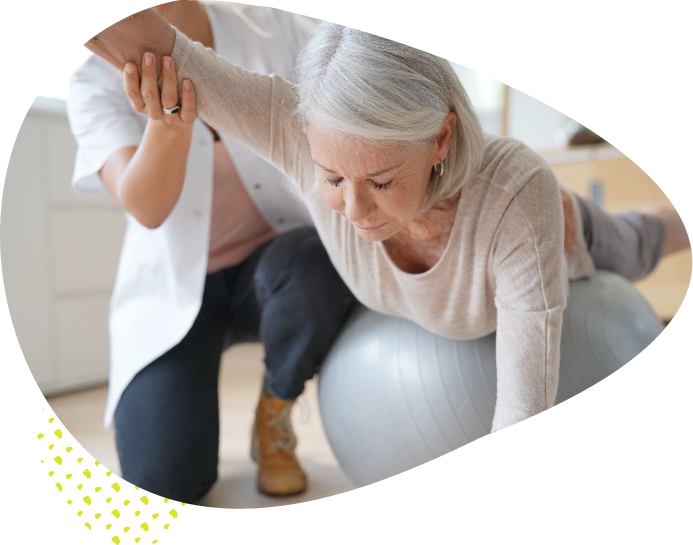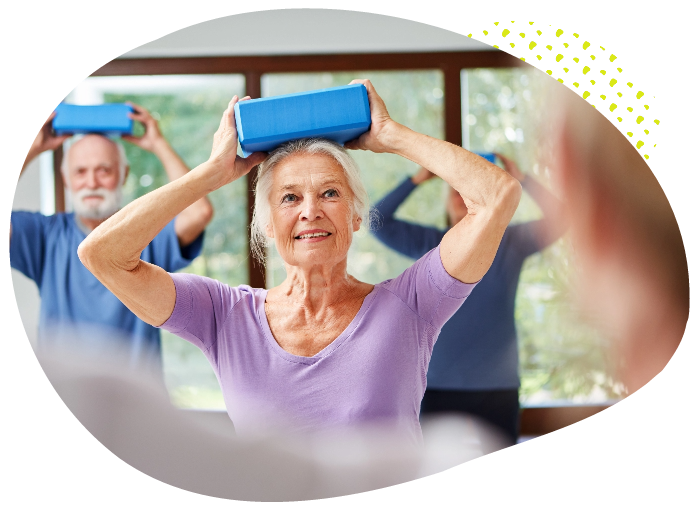Balance and Falls Prevention


What causes falls as we get older?
Risk factors for falling can include:
- Older age
- History of falls
- Poor balance
- Slow reaction time
- Muscle weakness
- Poor eyesight
- Reduced sensation in lower limbs (eg. from neuromuscular conditions or diabetes)
- Decreased mobility
- Medical conditions inducing tremor e.g. Parkinson’s disease
- Medications that can affect the vestibular system e.g. centrally acting medications.
When conditioned people slip or trip, there is less of a chance of falling because the muscles around the calves and lower limbs are able to react faster and with more strength to prevent a fall and if falling does occur, the bones are less susceptible to fracture.
How can Bites Exercise physiologists help?
At Bites we help to keep you strong and independent for as long as we can, so we provide balance training and cognitive exercises to help train the body systems and strengthen the muscles we use for balance.
These exercises help by training you to respond better to an unforeseen balance challenge such as a missed step, an obstacle on a pathway or a slippery surface. We will train and condition your body to respond more appropriately to the challenge rather than fall! We will also work towards increasing bone density and muscle strength so that if you do fall, the result won’t be as significant with less chance of a hip fracture or similar significant consequence.
Fall prevention strategies and balance exercises must be prescribed to you by a health professional with an Exercise Physiologist being the most appropriate choice to prescribe exercise therapy. Our Bites Exercise Physiologists will assess your falls risk before prescribing you any exercises. We will take into account your medical history and current abilities to figure out the best exercise program to prescribe to help you improve your balance, make sure your exercises are safe and ultimately decrease your risk of falling so you can stay independent for as long as possible!
Our dietitians will attempt to correct any form of undernutrition or deficiencies with personalised meal plans and recommendations for you. They will work closely with you to help identify the best strategy moving forward to best tackle this disease.

An interesting fact about exercise and falls prevention
What improvements can you expect from a tailored exercise prescription?
- Improved balance
- Increased muscle strength
- Improved reaction time
- Increased mobility
- Decreased risk of falling
- Increased walking speed
- Increased bone density


How will you know it’s working/you’re improving ?
You’ll feel less worried about navigating the community and rely less on your balance aids such as walkers and sticks.
Helpful things to bring/remember before your first appointment
- Referral (not necessary) from your GP or specialist
- List of medications and dosages.
- Previous notes from other health care professionals.
Want To Know More About Other Conditions We Treat?
